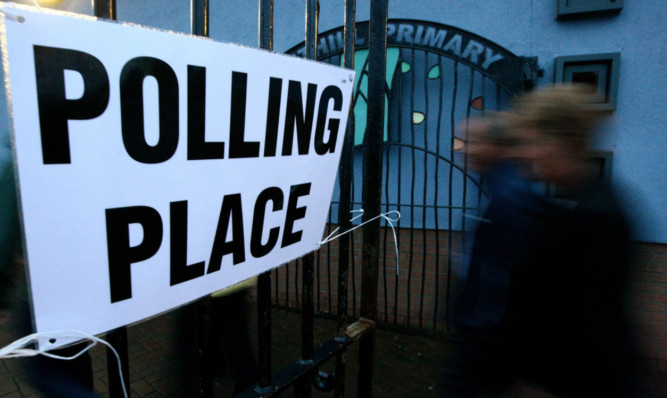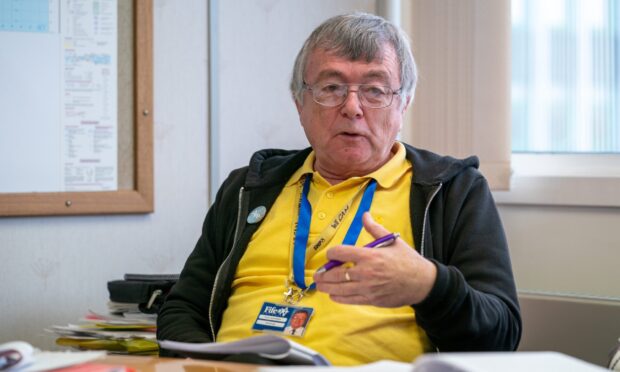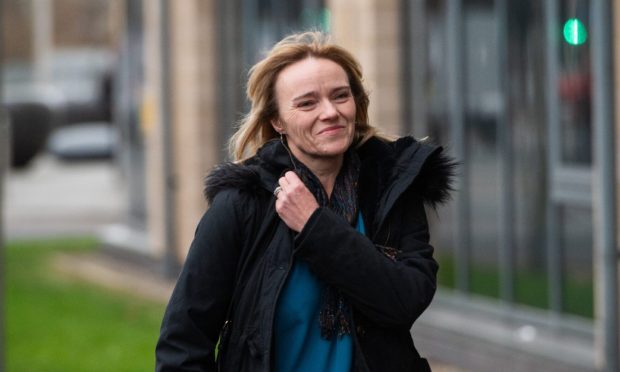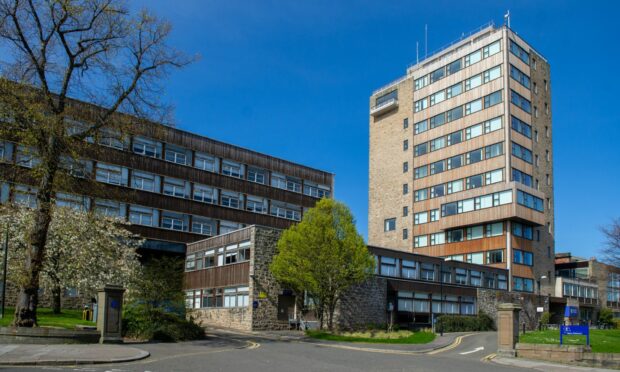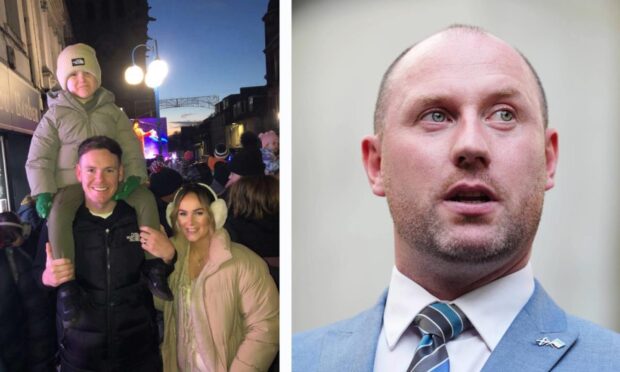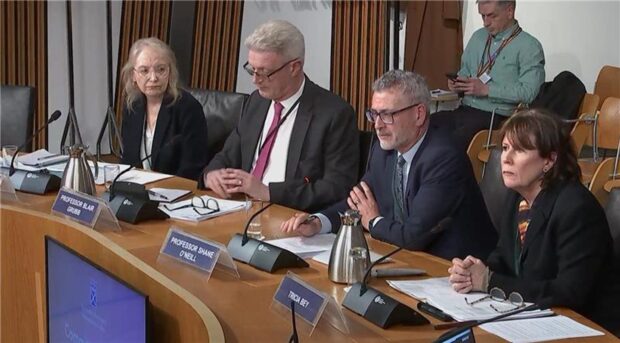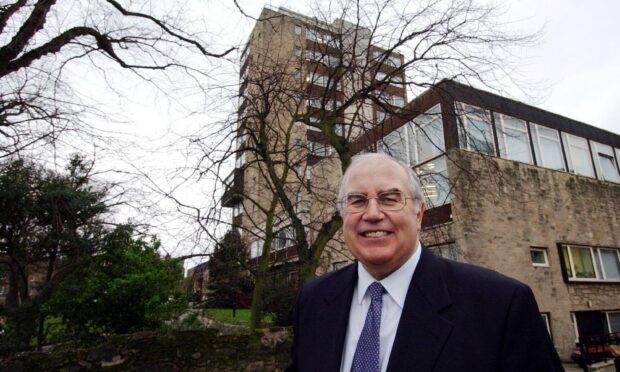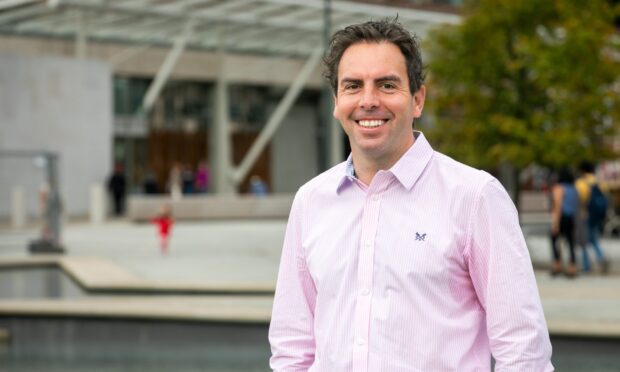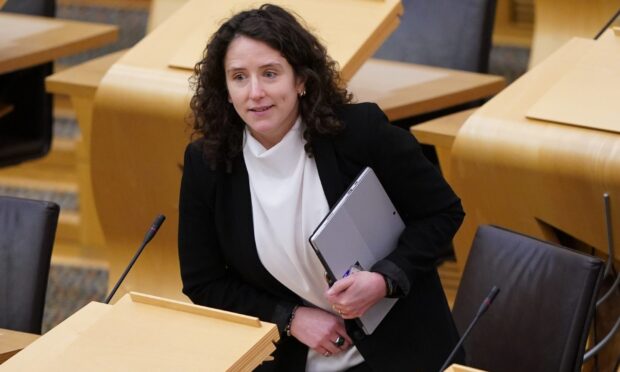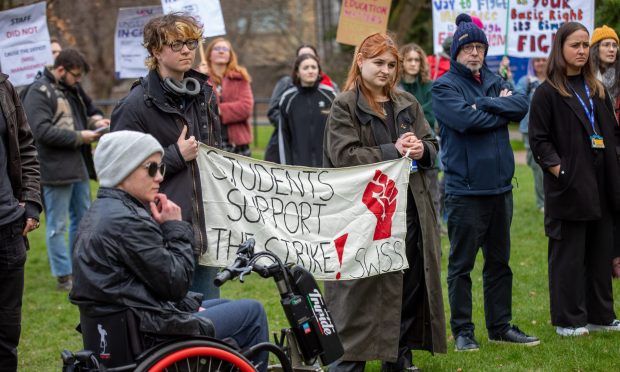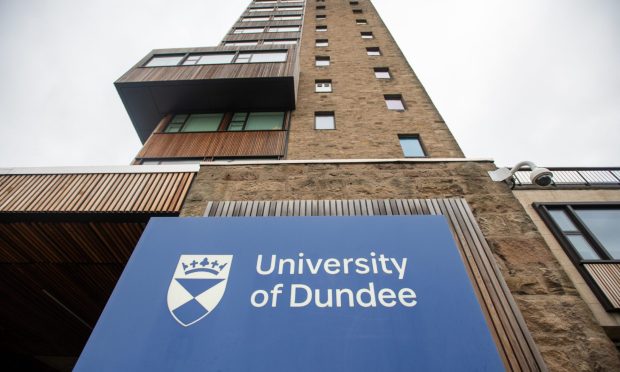The polls have opened as voters in Scotland elect the next batch of MSPs to Holyrood.
The Scottish Parliament election comes a year after the SNP won 56 out of 59 seats at the UK general election, and there are no signs that the party’s momentum is slowing.
Polls suggest the SNP is in line to take the largest share of seats, after its landslide victory in 2011 created the first Holyrood majority government.
But all eyes will be on the race for second place, with the Conservatives hoping to unseat Labour as Scotland’s second biggest party.
Scottish Conservative leader Ruth Davidson has been increasingly optimistic in the days leading up to the election, insisting polling and canvassing returns indicate her party is “well on course” to be Scotland’s main opposition.
Scottish Labour leader Kezia Dugdale has brought in a raft of new faces this year after Labour was decimated in the 2015 general election, returning just one MP in a land where it had dominated politics for nearly half a century.
Ms Dugdale has acknowledged she still has work to do to rebuild the party into a force capable of unseating the SNP, but she has stated her intention to take Labour back into government.
Voting is getting under way, with polling stations open between 7am and 10pm.
Scotland’s constitutional future remains a key election battleground after 45% voted for Scottish independence in September 2014, and a recent survey suggested half of Scots will not vote for a party that disagrees with their views on independence.
The referendum led to a surge in support for the Scottish Greens, with its membership quadrupling since then as many Scots apparently look for a pro-independence alternative to the SNP.
The nationalist left is also represented by newcomer Rise, which has earned the support of former SNP deputy leader Jim Sillars, and Solidarity – which is led by former Scottish Socialist MSP Tommy Sheridan.
Polls indicate the Greens could be in line for as many as eight MSPs, if their strategy of focussing largely on the regional list pays off.
Eurosceptic party Ukip has followed a similar strategy, and is hoping to emulate its success in the 2014 European Parliament election when David Coburn became the party’s first Scottish parliamentarian.
Liberal Democrat leader Willie Rennie is hoping Scotland has forgiven his party for going into coalition with the hitherto unpopular Conservatives in the UK government in 2010, insisting his party has done more than any other to deliver Scotland’s new powerhouse parliament.
The next Scottish Government will preside over the most powerful Scottish Parliament since the Act of Union, with the Scotland Act devolving a range of previously unavailable tax and spend powers.
SNP leader Nicola Sturgeon will cast her ballot in her Glasgow constituency on Thursday morning.
Ms Dugdale and Ms Davidson will both cast their ballots in Edinburgh, after the Conservative leader switched her constituency from the Glasgow region she won in 2011 to her adopted home in the Scottish capital.
Scottish Green co-convener Patrick Harvie will be in his Glasgow Kelvin target seat, one of only three constituencies hits party is contesting.
Mr Coburn will be voting in Kinghorn and Mr Rennie will be in Blairadam, both in Fife.
